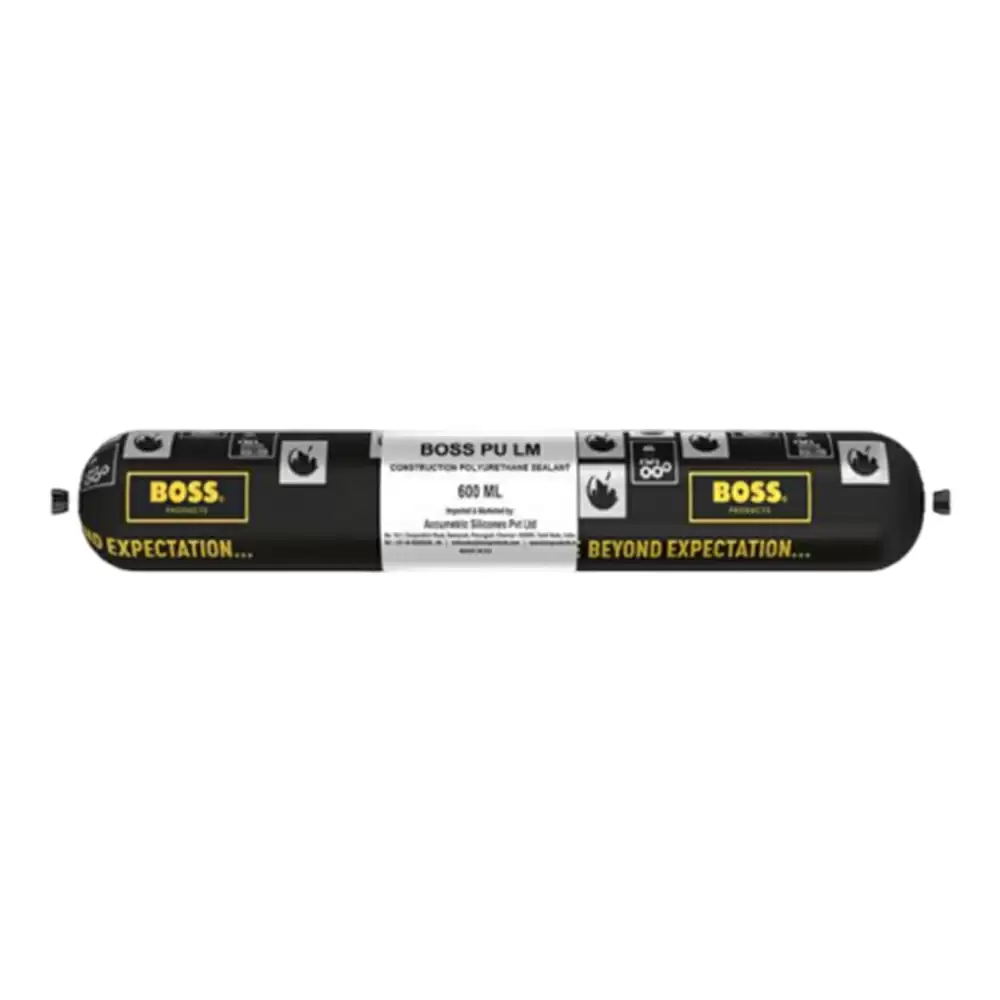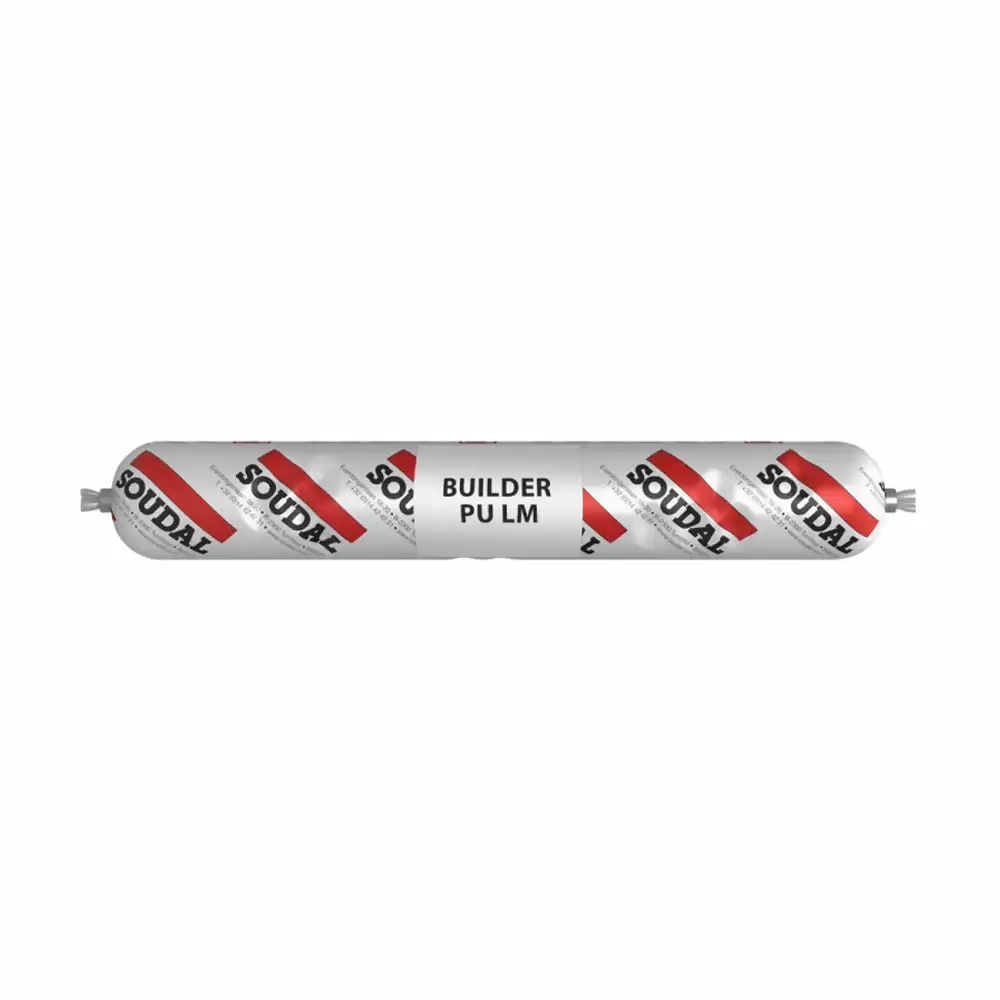


PU Sealants.
Filters
Showing 8 of 8 Items
Sort by :

(Pack of 24) Boss PU LM Polyurethane Adhesive Sealant - White (600 ml)
Prices reserved for professional

(Pack of 24) Boss PU LM Polyurethane Adhesive Sealant - Grey (600 ml)
Prices reserved for professional

(Pack of 24) Boss PU LM Polyurethane Adhesive Sealant - Concrete (600 ml)
Prices reserved for professional

(Pack of 24) Boss PU LM Polyurethane Adhesive Sealant - Black (600 ml)
Prices reserved for professional





























 Call McCoy Mart
Call McCoy Mart